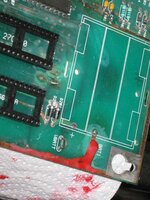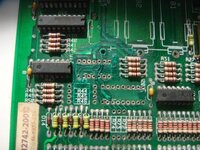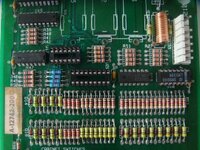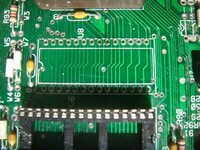Thought I would post this, got 2 acid damaged wms cpu boards from Keith (new Forrest Pinball) Cheers Keeth!
I picked what looked the least damaged but upon removing U16 LM339 most of the tracks were damaged! So I put that one to the side for now!
On to the worst looking one! Surprisingly only one track was broken under U16 but I also had to remove U20 as it was furry! these chips are cheap below the battery so I will replace those 2 and possibly another LM399 along with some of the resistors. I intend to buy some solder resist to cover the cleaned tracks, it's expensive stuff! about 4 quid for a small syringe! I have plenty cpu chips spare I might also remove the ram and fit nvram whilst I'm at it.
The only expensive bit is the PLCC chip they seem to be about 40 quid! Everyone who gets shot of damaged boards take these out along with the cpu, so someone MUST have a stash of these?
This will be kept as a spare I suppose, I'm not in need of it at the moment.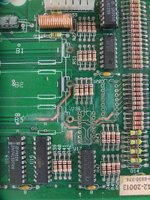
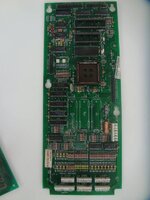
I picked what looked the least damaged but upon removing U16 LM339 most of the tracks were damaged! So I put that one to the side for now!
On to the worst looking one! Surprisingly only one track was broken under U16 but I also had to remove U20 as it was furry! these chips are cheap below the battery so I will replace those 2 and possibly another LM399 along with some of the resistors. I intend to buy some solder resist to cover the cleaned tracks, it's expensive stuff! about 4 quid for a small syringe! I have plenty cpu chips spare I might also remove the ram and fit nvram whilst I'm at it.
The only expensive bit is the PLCC chip they seem to be about 40 quid! Everyone who gets shot of damaged boards take these out along with the cpu, so someone MUST have a stash of these?
This will be kept as a spare I suppose, I'm not in need of it at the moment.



